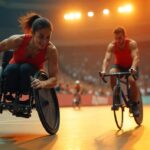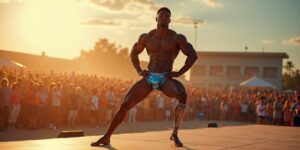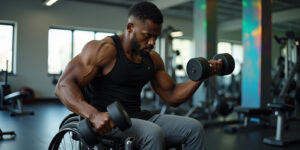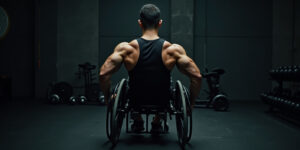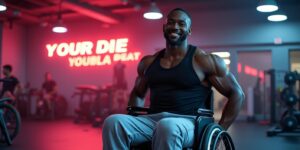Discover inclusive fitness solutions that cater to all abilities. Promote health, accessibility, and community with adaptive fitness equipment and programs.
What comes to mind when you think of fitness? The usual image might be someone lifting weights in a gym or running on a treadmill. But have you ever paused to consider the incredible strength, determination, and resilience of disabled bodybuilders? Welcome to the world of inclusive fitness, where no one is left behind.
What is Inclusive Fitness?
Inclusive fitness is not just a buzzword; it’s a movement aimed at creating opportunities for everyone, regardless of physical ability, to participate in fitness activities. For disabled bodybuilders, this means adapting training environments, equipment, and attitudes to ensure equitable access to health and fitness.
Bodybuilding is often seen as a domain requiring peak physical ability. However, disabled bodybuilders are redefining this narrative. They prove that fitness is not about meeting a societal standard but about pushing personal limits, gaining strength, and building confidence.
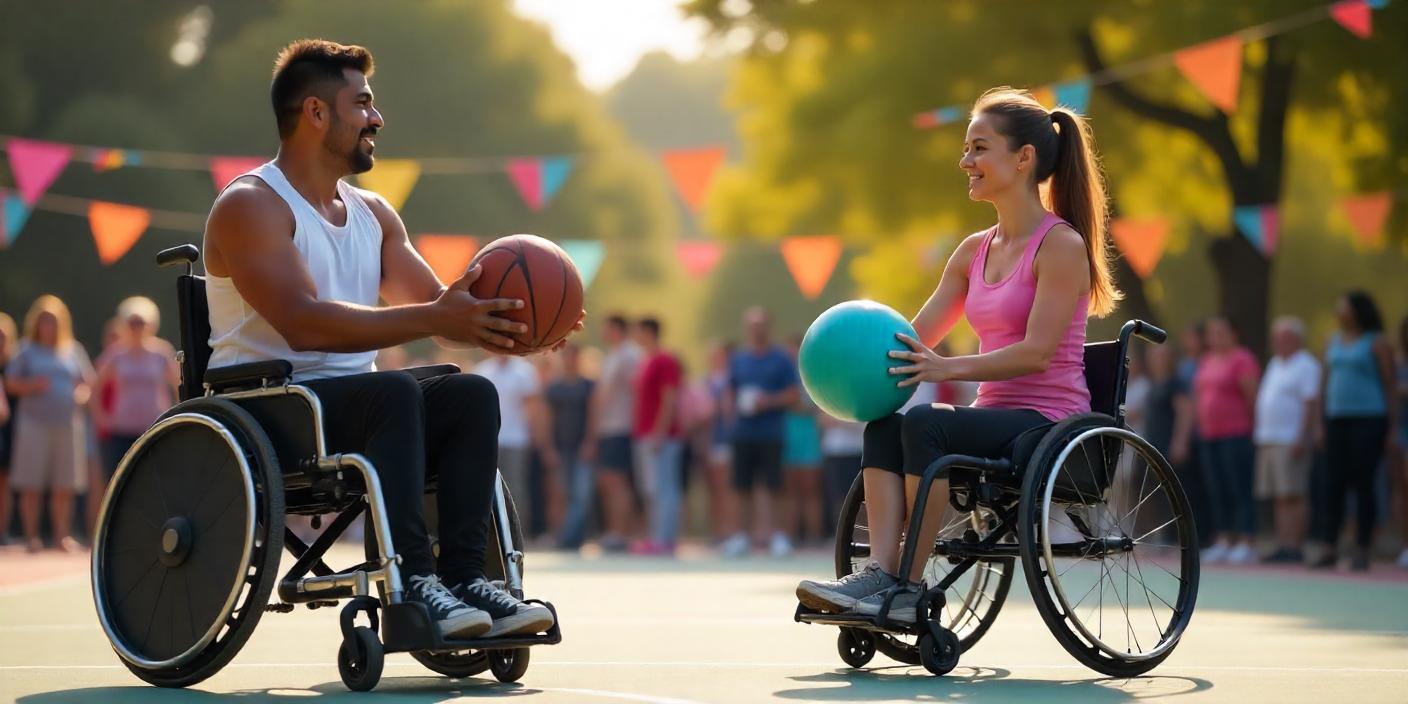
The Rise of Disabled Bodybuilding
Over the past few years, disabled bodybuilding has gained attention, thanks to platforms like the International Federation of Bodybuilding & Fitness (IFBB) and organizations that host adaptive bodybuilding competitions. These events showcase that inclusive fitness is achievable with proper planning and a willingness to break down barriers.
Take, for example, Nick Scott, a paraplegic bodybuilder who has revolutionized the fitness industry. After a car accident left him paralyzed, Nick didn’t give up. Instead, he adopted an inclusive fitness mindset and became an icon for adaptive bodybuilding, inspiring countless others.
The Importance of Accessibility in Fitness Spaces
Disabled bodybuilders often face challenges that able-bodied individuals might not consider. Accessibility in fitness facilities is a critical factor in promoting inclusive fitness. From accessible weight machines to proper flooring for wheelchairs, every detail matters.
But it’s not just about equipment. Inclusive fitness also involves fostering a culture of support and acceptance. Trainers and gym staff must be educated about adaptive techniques to guide disabled athletes effectively. Inclusivity begins with understanding.
Overcoming Mental Barriers
One of the biggest challenges disabled bodybuilders face isn’t physical—it’s mental. Society often underestimates the capabilities of individuals with disabilities. This mindset can seep into the self-perception of disabled athletes, leading to doubt and hesitation.
This is where inclusive fitness truly shines. By offering a supportive community and adaptive resources, disabled bodybuilders can overcome mental barriers and embrace their potential. Confidence grows with each rep, each lift, and each milestone achieved.
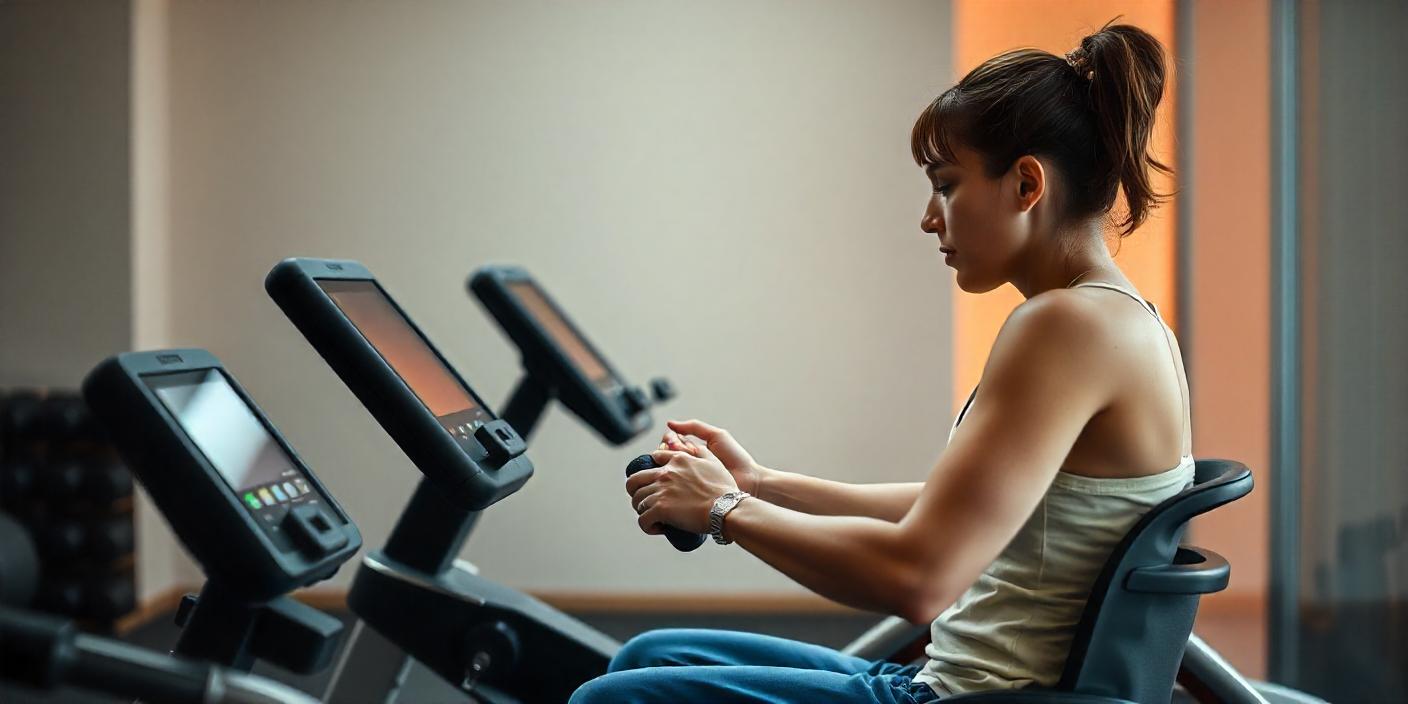
Adaptive Training Techniques
So how does training look in an inclusive fitness setting? It’s all about customization. For disabled bodybuilders, training programs are tailored to their abilities. For example:
- Paraplegic athletes might focus on upper-body strength using cable machines and free weights.
- Amputee athletes could use prosthetics designed for stability during workouts.
- Visually impaired athletes benefit from tactile guidance and clear verbal cues from trainers.
These adaptations prove that fitness is for everyone. The keyword here is adaptation, not limitation.
Nutrition: The Universal Equalizer
While training methods may differ, one thing remains universal: the importance of nutrition. Disabled bodybuilders adhere to strict diets to fuel their bodies and support muscle growth. This aspect of inclusive fitness reinforces the idea that health and wellness are accessible to everyone, regardless of physical ability.
Inspirational Stories
Stories of disabled bodybuilders are testaments to the power of resilience. Take Amy Bream, born without a right leg, who competes in CrossFit and adaptive bodybuilding. Or Daniel Scali, a chronic pain sufferer who holds the world record for the longest plank. Their journeys highlight how inclusive fitness transforms lives.
These individuals don’t just build muscles; they build hope and a sense of community. They remind us that fitness is not about perfection but about progress.
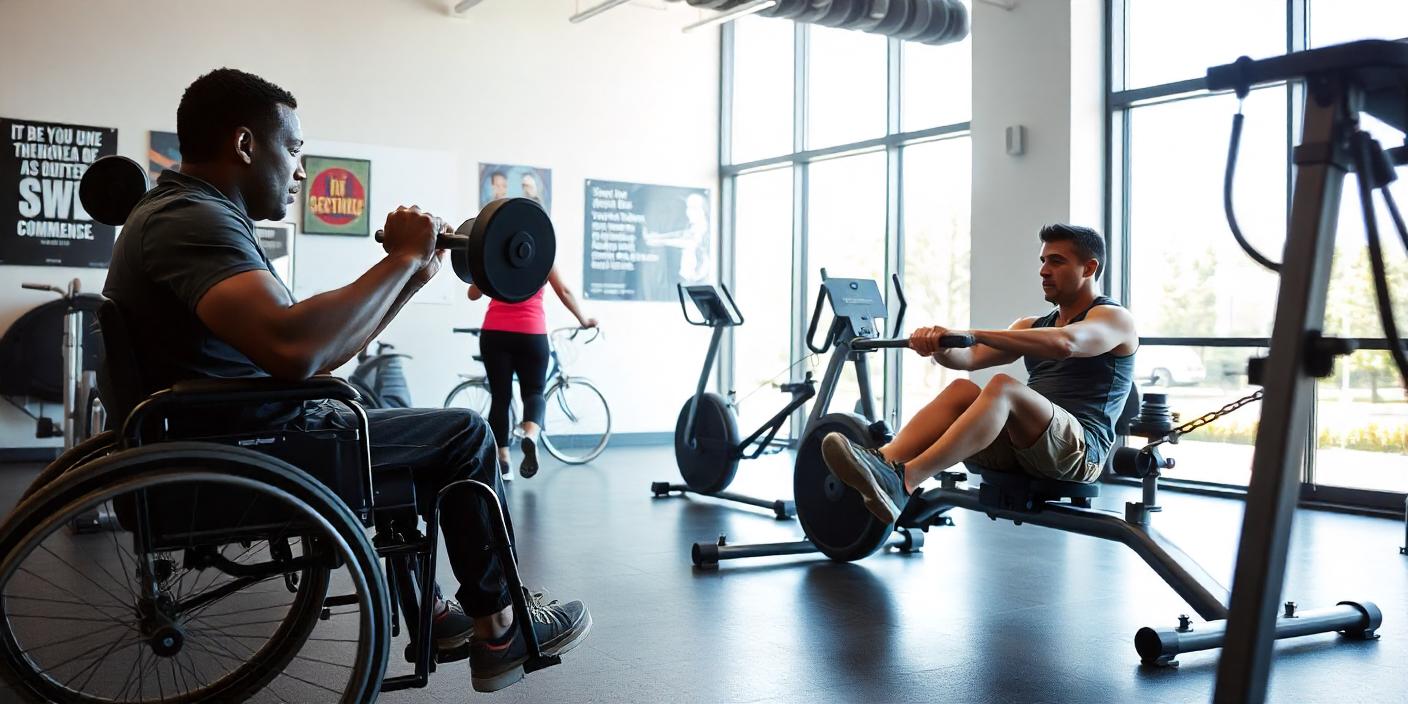
Why Inclusive Fitness Matters?
Inclusive fitness is more than a trend; it’s a necessity. It ensures that everyone has the chance to lead a healthy lifestyle. For disabled bodybuilders, it’s an opportunity to prove that strength is not confined to physical ability but lies in the human spirit.
By embracing inclusive fitness, society can break stereotypes and create a world where every individual, regardless of their abilities, feels empowered to chase their fitness dreams.
A Call to Action
If you’re inspired by the concept of inclusive fitness, consider how you can make a difference. Advocate for accessible gym facilities, support adaptive sports organizations, or simply educate yourself about the challenges faced by disabled bodybuilders.
Remember, fitness is for everyone. And as disabled bodybuilders prove time and again, there are no limits when determination meets opportunity. Let’s celebrate their achievements and work towards a future where fitness truly includes everyone.

